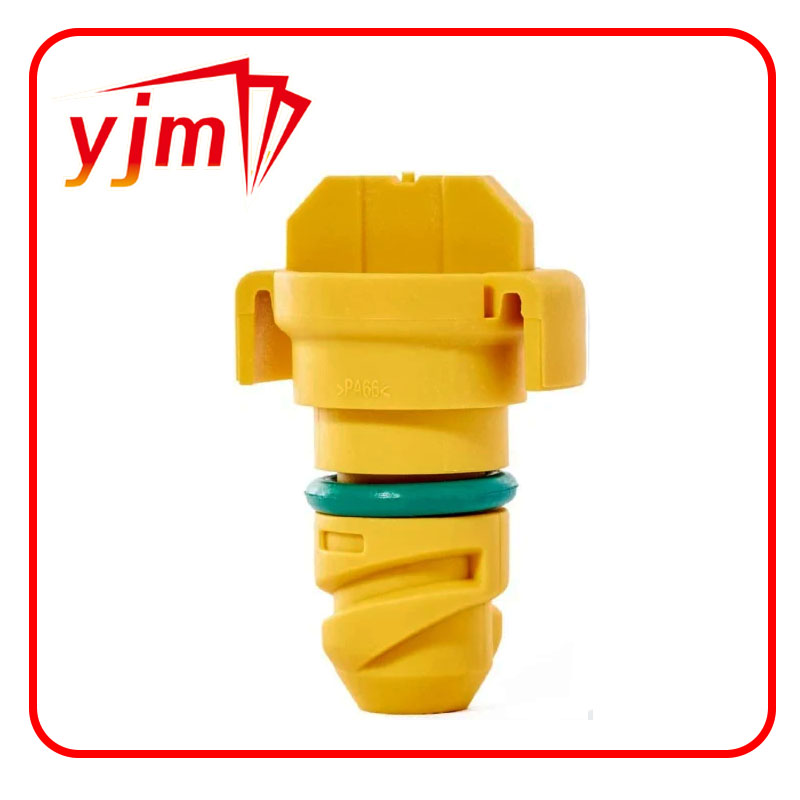Understanding Differential Output Shaft Seals and Their Importance in Vehicle Performance
Understanding Differential Output Shaft Seals Importance and Maintenance
In the realm of automotive engineering, the differential system plays a critical role in allowing vehicles to turn smoothly by enabling the wheels to rotate at different speeds. A crucial component of this system is the differential output shaft seal. This article delves into the importance of these seals, their function, and maintenance practices to ensure optimal vehicle performance.
What is a Differential Output Shaft Seal?
The differential output shaft seal is a rubber or synthetic material ring that prevents lubricant from leaking out of the differential housing where the output shafts exit. The differential houses gears that distribute power from the drive shaft to the wheels, and proper lubrication is essential for smooth operation and longevity of these components. The output shaft seal ensures that the differential fluid remains contained within the housing, preventing contamination and loss of lubrication.
Importance of the Differential Output Shaft Seal
1. Leak Prevention The primary function of the differential output shaft seal is to prevent oil leaks. If the seal wears out or is damaged, differential fluid can easily escape, leading to reduced lubrication, overheating, and potential damage to the differential gears.
2. Protection Against Contaminants The seal also plays a vital role in keeping dirt, water, and other contaminants from entering the differential. Such contaminants can degrade the quality of the lubricant, leading to increased wear and tear on the internal components.
3. Maintaining Performance A well-functioning output shaft seal contributes to the overall efficiency of the vehicle. Proper lubrication is essential for the effective operation of the differential, which ultimately affects the vehicle's handling, stability, and performance.
Signs of a Failing Differential Output Shaft Seal
Recognizing the signs of a failing output shaft seal is crucial for timely intervention. Common indicators include
- Fluid Leaks The most apparent sign is the presence of differential fluid pooling under the vehicle. This often appears as a thick, oily substance.
differential output shaft seal

- Unusual Noises If the differential is not adequately lubricated due to a leaking seal, it may produce grinding or whining noises while driving.
- Decreased Performance Drivers may notice reduced responsiveness or handling issues, which could be attributed to inadequate lubrication of the differential gears.
Maintenance and Replacement
Maintaining the differential output shaft seal is not overly complex but does require attention to detail. Here are some essential practices
1. Regular Inspection Routine maintenance checks should include inspecting the differential and its seals. Look for any signs of wear, cracks, or leaks.
2. Fluid Change Regularly changing the differential fluid as per the manufacturer’s recommendations helps maintain seal integrity. Old fluid can break down and lead to seal failure.
3. Replacement If any signs of wear are observed, it is crucial to replace the output shaft seal promptly. Replacement is generally straightforward, but it may require specialized knowledge in some vehicle models. Hiring a professional mechanic might be advisable if you're unfamiliar with automotive repairs.
4. Use Quality Parts When replacing a seal, always choose high-quality OEM (original equipment manufacturer) parts to ensure the longevity and reliability of the repair.
Conclusion
The differential output shaft seal is a small yet vital component that plays a significant role in the overall health of a vehicle's differential system. By understanding its importance and learning to recognize signs of potential failure, vehicle owners can take proactive steps to maintain their vehicles and avoid costly repairs. Regular inspections and proper maintenance would not only extend the lifespan of the differential but also enhance the driving experience by ensuring optimal vehicle performance.
-
The Ultimate Guide to Boat Propeller Bearings and Trailer Wheel Bearings
News Jul.31,2025
-
The Essential Guide to Marine Bearings and Boat Trailer Wheel Bearings
News Jul.31,2025
-
The Complete Guide to Heavy Duty Seals: Protecting Doors and Spaces Efficiently
News Jul.31,2025
-
Essential Guide to Marine Shaft Bearings and Boat Trailer Axle Bearings
News Jul.31,2025
-
Comprehensive Guide to Marine and Trailer Bearings for Safe Boating and Transport
News Jul.31,2025
-
Comprehensive Guide to Automotive Oil Seals: Protecting Your Engine and Shafts
News Jul.31,2025
-
Understanding Automotive Oil Seals: Essential Components for Engine and Shaft Protection
News Jul.30,2025
Products categories















